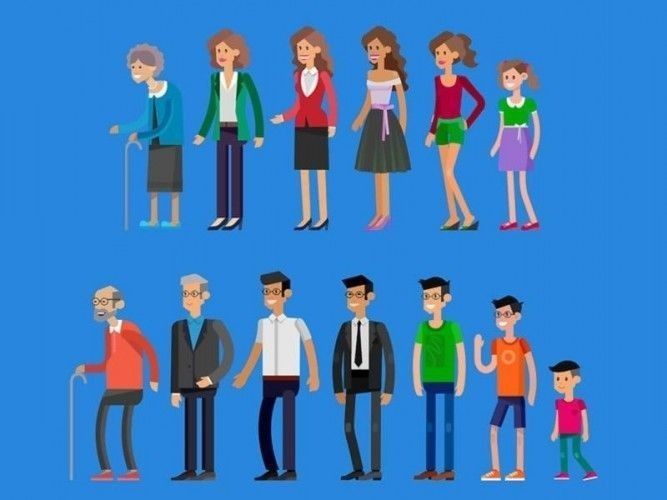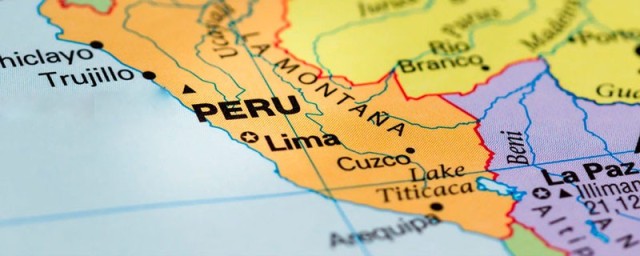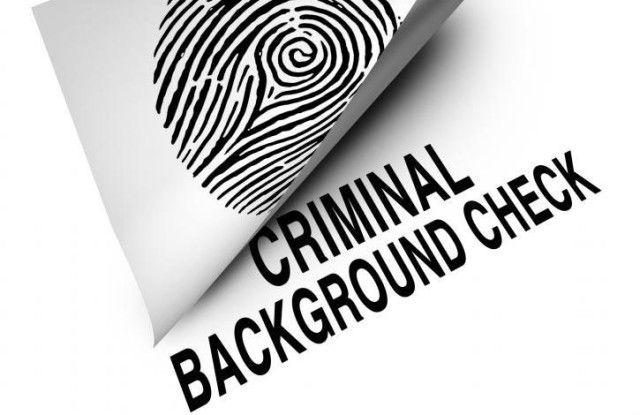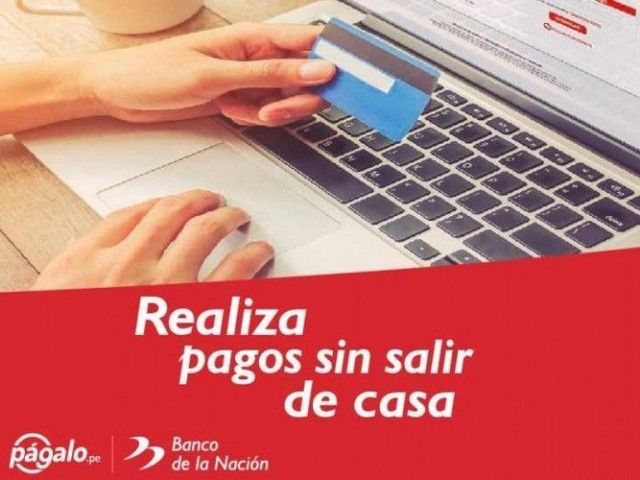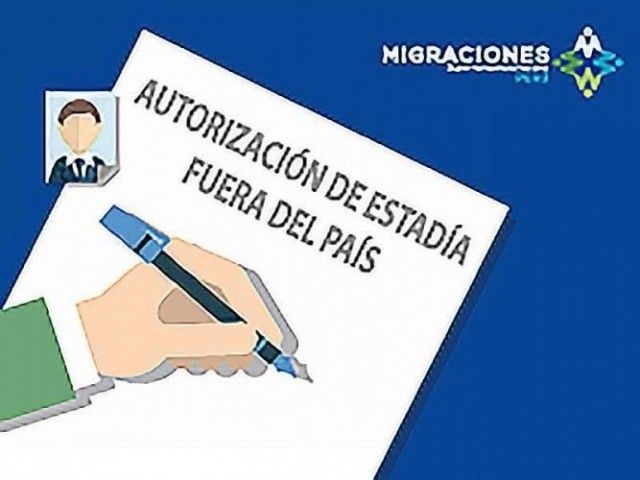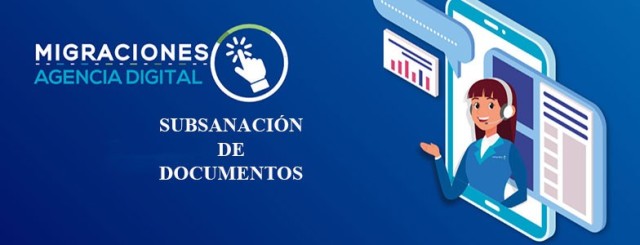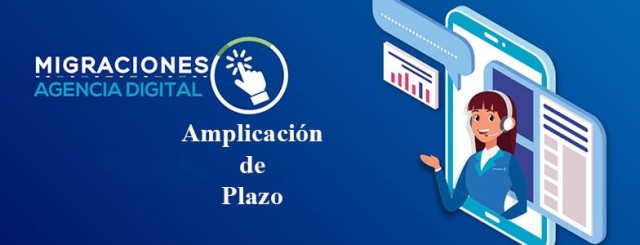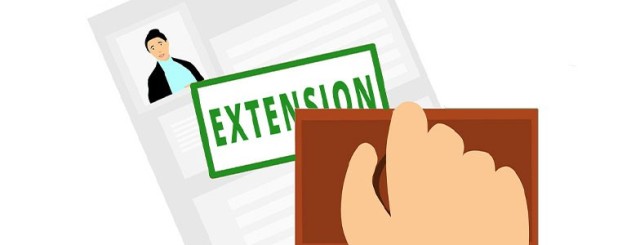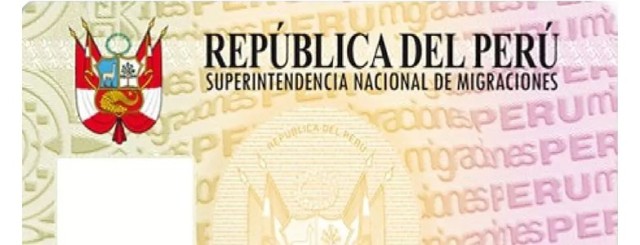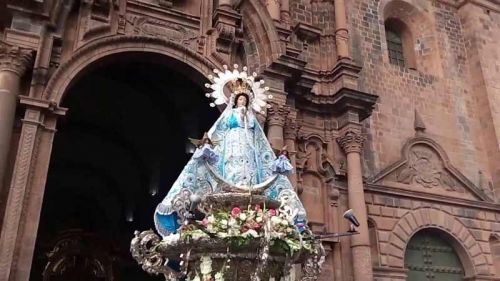I (USA) married my wife (Peruvian) in the US. We registered our marriage at a Peruvian consulate in the US, and they gave us an acta de matrimonio with RENIEC's logo, the consular seal, and some fancy stickers from the consulate/RREE. Is this document sufficient proof of our marriage, or do I also need to get it legalized by RREE here in Peru?
- This commment is unpublished.@MikeHello Mike,The marriage certificate that was given to you by the Peruvian consulate is most probably an "acta de matrimonio legalizada".When you are in Peru it must get "over-authenticated" by the Peruvian Ministry of Foreign Affairs (RREE). So, RREE confirms with their seal and signature that the document was correctly issued by a Peruvian consulate and that the person at the consulate, who signed it, is authorized to do so.As the document is already in Spanish it doesn't have to be translated.Be aware that documents issued abroad are only accepted by Migraciones within 6 months of the issuance.GreetingsEva
- This commment is unpublished.@Sunflower FYI for future readers: following the letter of the law, Sunflower is correct-- you need to take the acta de matrimonio issued by the consulate to be legalized again in Peru.In practice, an agent from Migraciones told me on a videocall to just submit the acta de matrimonio (exactly as issued by the consulate) and then, if they reject it, submit the exact same document a second time. I can't claim to understand why they'd suggest this, but following those instructions they accepted my acta de matrimonio without needing to have it further legalized by RREE.Maybe the idea here was to keep trying until you get a reviewer who doesn't really care?
- This commment is unpublished.@MikeHello Mike,thanks for sharing your experience.Yes, we usually describe here the "letter of the law" as then you are on the safe side and won't encounter longer than usual delays or problems.Honestly, I didn't know that if they rejected a marriage certificate issued by a Peruvian consulate abroad which wasn't legalized by the Peruvian Ministry of Foreign Affairs and you just upload it again that then it is / might be accepted. And no, as so many other things that doesn't make sense.Anyway, even though getting the RREE legalization isn't such a big deal, it's always good to know the one or other loophole.So, I hope your visa is soon approved and you get your carné.All the bestEva


